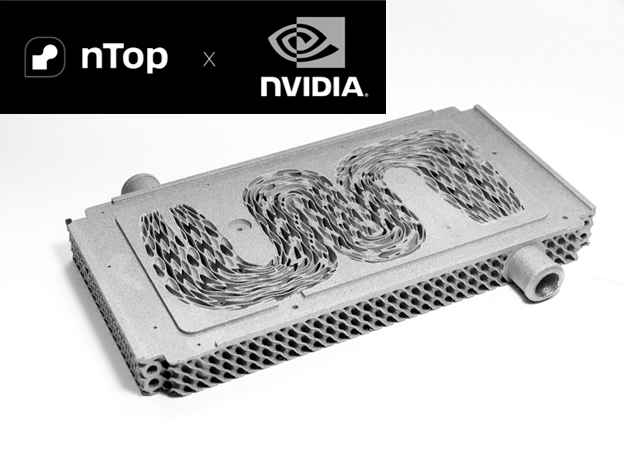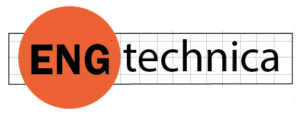
In what may be a significant leap forward for the visualization of computational design in the virtual world, nTop has announced a strategic collaboration with NVIDIA to integrate the latter’s AI-based OptiX ray tracing engine into its shape optimization program and NVIDIA’s Omniverse. The partnership comes with funding from NVentures, NVIDIA’s venture capital arm. The amount of funding was not disclosed.
While Optix ought to improve the look of the rendered parts produced and the speed of the renderings of parts made by nTop’s computational design products and assemblies, the bigger play is NVIDIA’s Omniverse, which allows designers and engineers to interact with the digital twins of the parts and assemblies, all showing up rendered in the Omniverse without having to have them remeshed.
Background
nTop, previously known as nTopology, is an independent vendor of shape optimization software, a design aid typically offered within a CAD program. nTop’s last independent competitor, Frustrum, was acquired by PTC in 2018.
Staying independent seems to have worked for nTop, letting its mastermind, CEO and founder, Bradley Rothenberg, steer it towards motivated customers that can clearly benefit from the company’s next-generation design/simulation technology — rather than have it included in general-purpose MCAD programs and try to convince users that they need it. nTop counts 400 companies as paying customers, including Lockheed Martin and Tesla.
The company received $65 million in funding in 2021, bringing its total funding to $135 million over the years.
NVIDIA, maker of GPUs, is currently on top of the AI tsunami. Demand for its GPUs, which are used in data centers, has made NVIDIA the darling of Wall Street, pushed its stock sky-high, and made it the most valuable company in the world. Unlike most chip manufacturers, NVIDIA creates software its chips can take advantage of, including OptiX, which uses AI to drastically cut the time to produce photorealistic images, improving movie and game scenes and scientific visualization.
How nTop Plans to Use OptiX
The primary application of OptiX in nTop’s platform will be to produce real-time visualization. The OptiX framework is designed to take full advantage of NVIDIA’s GPUs, enabling rapid rendering of parts, assemblies, and complex scenes. For nTop users, this means they can get instantaneous feedback on design changes. For example, every design iteration where a part’s shape changes, its designers will be able to see how these changes affect the model’s appearance in real time.
Tight integration between nTop and OptiX may eventually lead to the same parts and assemblies moving into the virtual reality of NVIDIA’s Omniverse, all without having to be rendered again.
Streamlined Workflow and Efficiency
The integration of OptiX into nTop’s platform is not just about adding new capabilities; it’s about making the computational design process more efficient. By marrying ray tracing to computational design with OptiX, the user avoids having to remesh and have it rendered again when it enters the virtual world. With the enhanced visualization and optimizations done once for the real world, entry into the virtual world could be seamless.
Conclusion
NVIDIA’s OptiX could bring beauty to nTop’s brawn. Generative design and computational design program have always been about how the parts perform, not about the way they look. While no engineer will admit they like how their products look, there is no doubt that a good-looking, realistic model adds to its sales appeal. Just as color changed our TV and movies with the realism the people back then thought they didn’t need.
Even if step improvements are gained at great cost (all those GPUs and server farms are not cheap), realism will always rachet up. And designers and engineers feel better about what they are designing. By offering accelerated simulation coupled with high-fidelity rendering, this collaboration could bring about a more intuitive and efficient design process on the desktop and in the virtual world.

